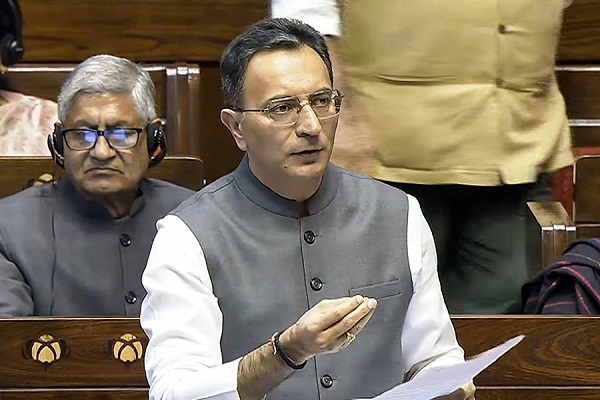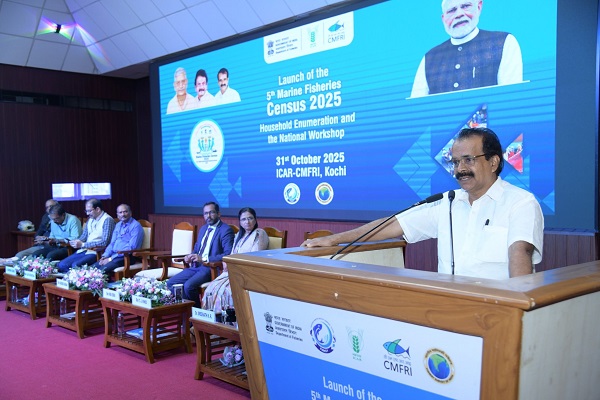Budget Expectation 2020-21 - Policy reforms likely to continue even with limited fiscal space By Axis Securities

Policy reforms likely to continue even with limited fiscal space
Even as past budgets have disappointed the equity markets more often, the finance minister has promised a landmark budget for FY22. Whether landmark or not, the FY22 budget will be historic in the face of an unprecedented pandemic which has caused great economic loss. India has managed the pandemic much better than many developed economies and the cost borne by the government has been manageable. The finance minister has been unequivocal about spending on capital expenditure for reviving the economy and creating jobs. At this juncture the budget appears to be quite constructive; however, the fiscal room afforded even after considering the improving economy and better-than-expected tax collections is not very significant.
Our broad contours for FY22 Union Budget are as follows:
* Focus on Job creation:
The broad focus of the government will be job creation. This could mean more impetus on infrastructure and fiscal expansion using off balance sheet structures. While fiscal expansion appears to be challenging considering the fiscal deficit which will expand to ~7.5% in the current fiscal year, job creation through government activities is a necessity as private capex continues to be sluggish. MSME sector is likely to gain more benefits in the upcoming budget, relaxation in recognition of stress assets is expected to extend for MSME.
* Public Health and Vaccination rollout will be key focus areas:
Public health has become very critical and further investments in public health infrastructure seem very likely. Vaccination roll out will be a very large project involving significant government expenditure. The outlay for this mega project and possible funding structure could become critical aspects of the budget.
* Tax structures likely to be maintained:
Corporate taxes were reduced in 2019 and this structure is likely to be maintained in FY22 to encourage private investments. Personal income tax structures are also likely to be maintained as additional taxes will disrupt consumption. The FY21 divestment targets were quite steep and are unlikely to be met which will be rolled over into FY22.
Our key sector view:
* Infrastructure, building materials and consumer durables will be in focus:
Focus on infrastructure like roads and construction activities will remain a key focus area. This will help the infrastructure companies and building materials segments like cement, tiles and others. Real estate is another key sector which needs further push and affordable housing segment could see more government schemes. All these will help wide range of household durables segment.
* Manufacturing and Make In India:
PLI scheme for Mobile Phones is likely to be extended to AC manufacturing, LED Lighting and components used in manufacturing of consumer electrical. Any announcement of a PLI scheme outlining the details of incentives for manufacture of products will be a positive trigger for consumer durable companies as well as contract manufacturers. Further, more clarity is expected on PLI linked incentives for automobile OEMs and auto ancillary companies, export focused companies could be the key beneficiaries.
* Automobiles:
Increased focus on rural spends by the Government as well as steps to boost rural income will lead to increase in the disposable income benefiting tractor OEMs, select two-wheeler and four wheeler OEMs and auto ancillary companies supplying to such OEMs. Details regarding setting up of vehicle scrappaging infrastructure will be conducive for rolling out of scrappage policy in the near future. The Commercial Vehicle Industry is expected to be the biggest beneficiary of the same.
* BFSI:
Government is likely to recapitalize some PSU banks with a fresh growth capital to provide some relief from Covid related stress. A roadmap could be expected for privatization of the bottom tier PSU banks. A push on affordable housing will benefit housing finance companies. The government may also look at providing further tax incentives to enable people to buy adequate health insurance which has gained importance following the pandemic.
* FMCG & Retail:
Agri-Infrastructure likely to gain traction, any increase in allocation towards cold chain, warehousing, logistics & rural connectivity will boost consumption in rural area. Sustained rise in allocation to agriculture sector will further boost the farm productivity, help in reducing post-harvest losses which will further help in increasing the farm income. Increase in excise duty, levy of COVID cess or raising NCCD duty on cigarettes and tobacco products in excess of 10-15% will be negative for certain companies
* IT Telecom:
We are expecting exemption in the dividend distribution tax. Indian IT companies pay healthy dividends. Exemptions in the tax will be positive for overall IT sector. We could see some traction in the telecom spectrum of bandwidth which will impact capacity expansion for some telecom players.
* Agri & Chemical:
Urea subsidy likely to increase, focus in budget will be more on roadmap for the roll out of Direct benefit transfer for fertilizer subsidy. Chemical sector expected to be included in PLI scheme & with the help of extended financial support all the chemical companies likely to see traction.
To Read Complete Report & Disclaimer Click Here
For More Axis Securities Disclaimer https://simplehai.axisdirect.in/disclaimer-home
SEBI Registration number is INZ000161633
Views express by all participants are for information & academic purpose only. Kindly read disclaimer before referring below views. Click Here For Disclaimer
















